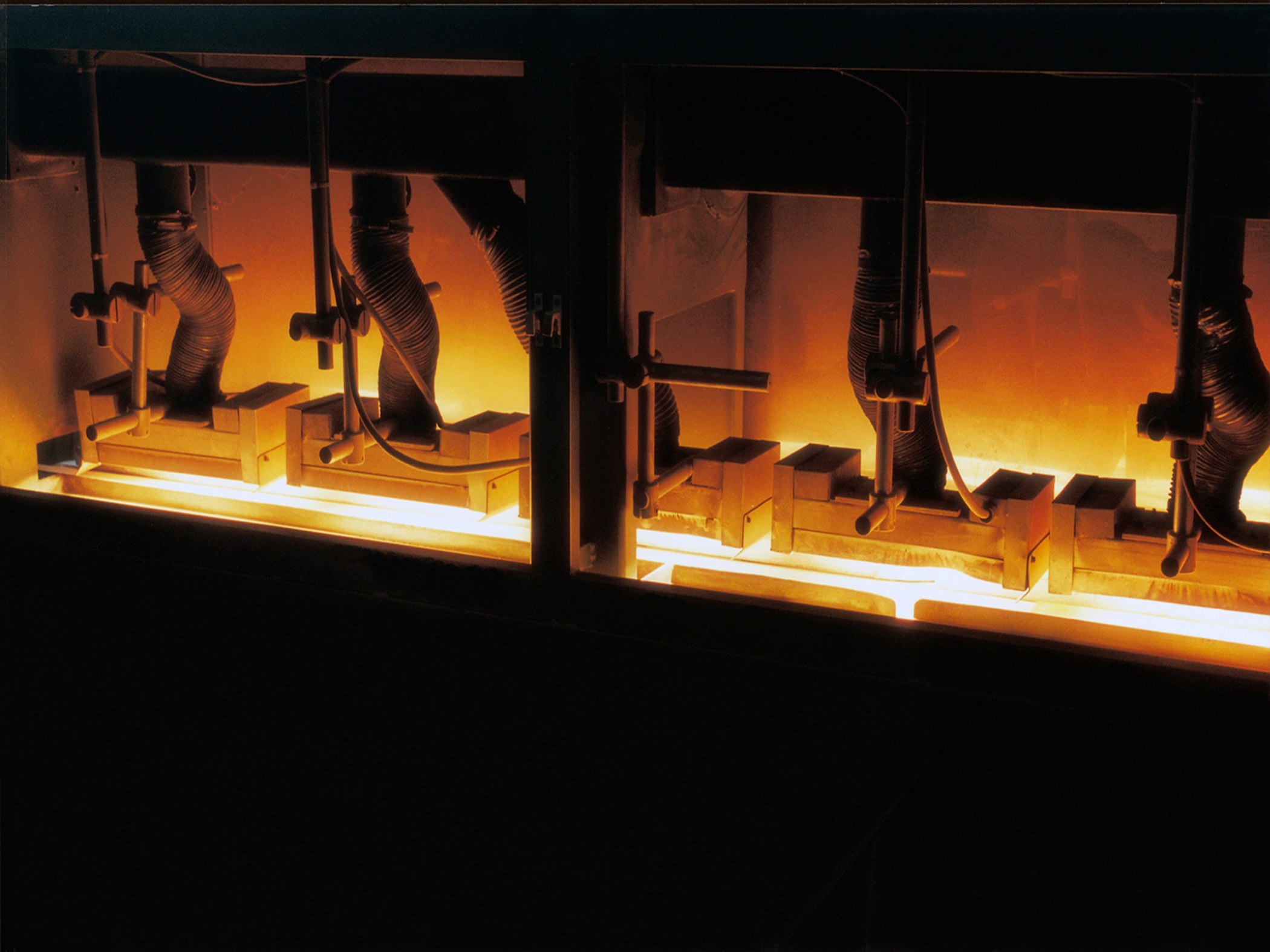Electrotechnologies are systems and equipment that use electricity in various industrial processes such as heating, drying, curing, waste treatment and filtration. In the past, these applications were largely dominated by natural gas and other fuels.
Today's electrotechnologies are more easily adaptable to industrial processes and can be more efficient than traditional processes, helping facilities increase production, reduce costs and lessen environmental impacts. Electrotechnologies cover a wide range of products that can benefit virtually any industry.
Ultraviolet (UV) technologies
UV devices apply ultraviolet energy to inks or coatings, beginning a photochemical process that turns them into a solid film without heating the material. UV technology is faster and less toxic than thermal processes and is used across many industries including wood products, printing, electronics and plastics. UV is also used in disinfecting metal working fluids, industrial water and waste streams.
Infrared (IR) technology
IR systems are typically used in industrial heating, drying and curing operations. Infrared heat is focused and reflected in a similar way to light, without introducing more heat into the surrounding workplace. As such, it's more efficient than traditional heating and drying technologies, particularly for thin coatings and substrates. Infrared is often used to supplement a main heat source. Common applications include:
- Drying and curing of paints and coatings
- Thermoforming plastic sheet materials
- Drying of plastic pellets
- Curing of adhesives
- Drying printing inks and textile dyes
Microwave and radio frequency (RF)
Microwave and RF heating are quick and efficient methods of heating materials that are difficult to heat by convection or infrared methods. Microwave and RF energy only heat substances having a bipolar molecular charge, of which water is the most common. Using microwave or RF technology to heat materials can increase production rates, improve product quality and reduce energy costs.
Typical applications for these technologies include cooking and processing of food products, rubber vulcanization, hazardous waste processing and ceramic drying.
Induction heating
Induction heating and melting technology uses an alternating magnetic field to heat electrically conducting materials by a non-contact method. The system is comprised of an induction power source, an induction coil assembly and components for material handling and water cooling for the induction coil.
Induction heating has rapid startup and shut-down cycles, heating a steel rod from room temperature to red hot in seconds. There's very little waste heat and the process doesn't need to be enclosed. Induction heating provides tight control of both temperature and depth of heat penetration.
Membrane filtration
This filtration technology uses a permeable barrier to separate selected materials, such as bacteria, from liquid products and waste streams. Membranes can produce very specific filtrations at low temperatures with no phase change, making them cost effective and energy efficient. Membrane filtration is commonly used in the food product, pharmaceutical and biotechnology industries.
The benefits of electrotechnologies
Electrotechnologies can improve your operations in a number of ways:
- Faster throughput and increased efficiencies
- Improved product quality
- Lower site emissions and reduced waste and scrap
- Decreased energy and production costs
- Smaller equipment footprint and, in some cases, lower purchase cost
Electrotechnologies may not be the perfect fit for every process, and they may require a significant upfront investment. Consult with a trusted supplier to determine whether electroctechnologies are right for your application.

